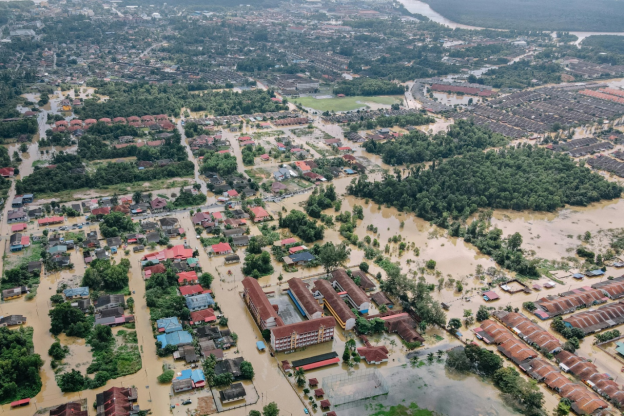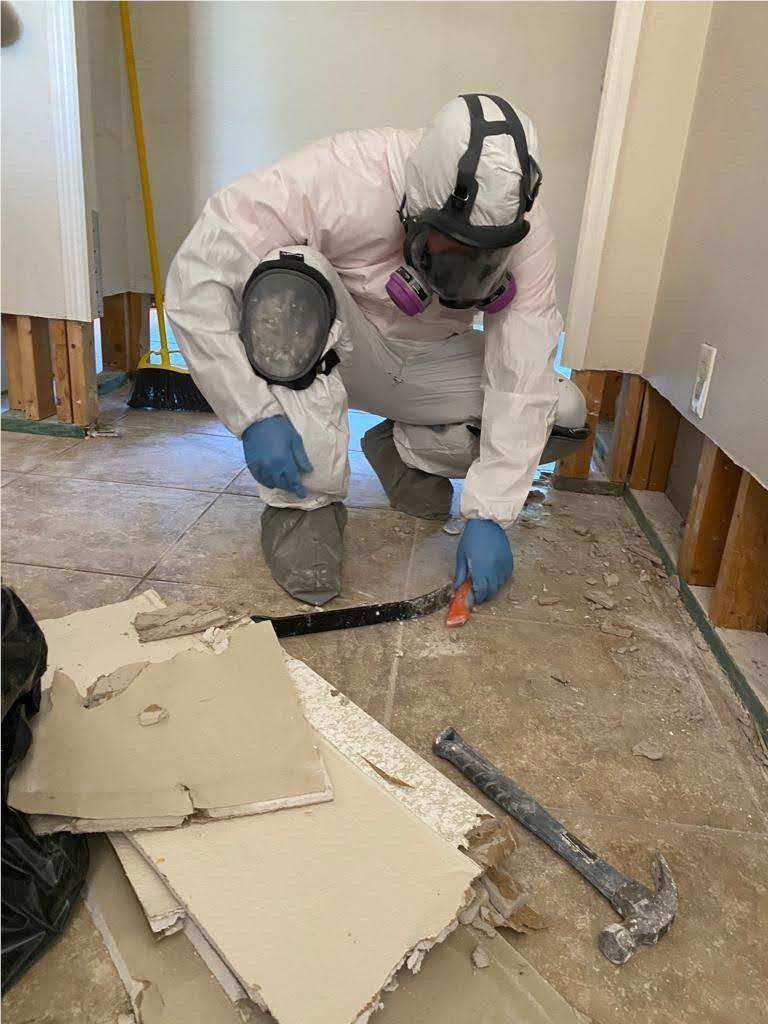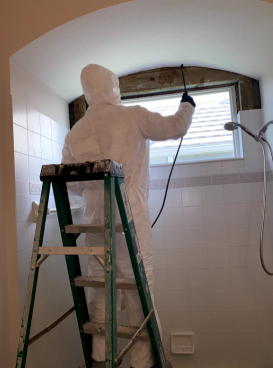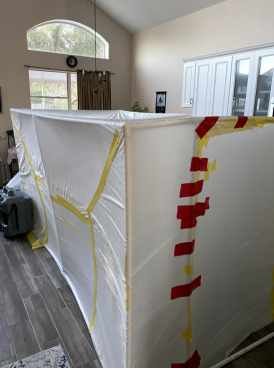
Clearwater is a jewel known for its stunning beaches. Yet, beneath its surface lies a challenge that the residents face year after year: the threat of flooding. With the reality of climate change and the area's natural geography, floods have become a more frequent concern, making effective floodplain management not just a priority but a necessity.
As we navigate through the complexities of these aspects, we aim to highlight not only the practicalities of floodplain management but also its profound implications for safety, stability, and sustainability.
Understanding Floodplain Management
Floodplain management is a multifaceted approach that aims to reduce the risks and impacts associated with flooding while promoting the sustainable use of flood-prone areas. At its core, floodplain management seeks to balance a community's economic, social, and environmental needs with the inherent risks of living near water bodies.
The primary goals of floodplain management include protecting human life and property from flood-related hazards, preserving floodplains' natural and beneficial functions, and promoting responsible land use and development practices. These goals are achieved through a combination of regulatory measures, community engagement, and environmental stewardship.
Floodplain management is an integral part of Clearwater's urban planning. By incorporating flood risk assessments into the planning process, city planners and developers can make informed decisions that reduce the potential for flood damage. This includes the designation of building codes, land use zoning, and implementing flood protection measures such as levees, floodwalls, and retention basins.
Moreover, natural floodplains play vital roles in filtering pollutants, providing habitat for wildlife, and absorbing floodwaters. Clearwater's approach to floodplain management includes efforts to preserve these natural functions, which, in turn, support biodiversity and enhance the quality of life for its residents.

Flood Zone Mapping in Clearwater
Flood zone mapping is a cornerstone of floodplain management, providing critical information that influences everything from urban planning to individual property purchase and development decisions.
What is Flood Zone Mapping?
Flood zone mapping involves the delineation of areas susceptible to various levels of flood risk, ranging from minimal to high. These maps, often developed and updated by the Federal Emergency Management Agency (FEMA) in collaboration with local and state authorities, serve as a visual representation of flood hazards. They categorize regions into zones based on the likelihood of flooding occurring within a given year or the potential for floodwaters to rise to certain levels.
Creating and Updating Flood Zone Maps in Clearwater
The process of creating and updating flood zone maps in Clearwater involves a meticulous analysis of topography, hydrology, and historical flood data. Advances in technology, including aerial imaging and hydrological modeling, have significantly enhanced the accuracy of these maps.
Clearwater faces unique flooding challenges accurately documented in its flood zone maps. The city, in partnership with FEMA, regularly revisits these maps to reflect changes in the landscape, climate trends, and urban development, ensuring residents have access to the most current flood risk information.

Benefits of Accurate Flood Zone Mapping for Residents
The advantages of having accurate and updated flood zone maps cannot be overstated. For residents of Clearwater, these maps provide several benefits:
Improved Risk Assessment: By identifying the flood zones, residents can better understand their risk of flooding. This knowledge is crucial for both long-term residents and potential property buyers, enabling them to make informed decisions about where to live and what precautions to take.
Informed Decision-Making for Property Purchases and Investments: Flood zone maps play a pivotal role in the real estate market, influencing property values and investment decisions. Buyers can assess a property's flood risk before purchasing, while sellers can provide transparent information about flood risks.
Enhanced Emergency Preparedness: Knowing if your property is in a high-risk flood zone allows for better emergency planning and preparedness. Residents can take proactive measures, such as installing flood barriers or obtaining appropriate insurance, to mitigate the impact of potential flooding.
Flood Insurance Requirements for Clearwater Residents
In Clearwater, a city that graces the Gulf Coast with its beautiful beaches and vibrant community, the threat of flooding is a constant concern. Given this reality, flood insurance becomes not just a recommendation but a necessity for many.
The Role of the National Flood Insurance Program (NFIP)
The National Flood Insurance Program (NFIP)—a federal initiative created to provide affordable insurance to property owners, renters, and businesses—is central to understanding flood insurance in Clearwater.
Participation in the NFIP is predicated on local municipalities adopting and enforcing floodplain management regulations that meet or exceed FEMA's guidelines, a commitment Clearwater has made. This participation makes flood insurance available to residents and encourages collective resilience against flood damage.

Benefits of Mandatory Flood Insurance
While the requirement for flood insurance might seem like an additional burden, it offers significant benefits to homeowners in designated flood zones:
Financial Protection Against Flood Damage: Flood insurance provides a safety net, offering coverage for damage to buildings and contents not typically covered under standard homeowners' insurance policies. This protection can be crucial in facilitating recovery after a flood event, ensuring that residents are not left to bear the full brunt of repair and replacement costs.
Encouragement of Risk-Aware Property Development: Knowing the requirements and costs associated with flood insurance encourages homeowners and developers to consider flood risks in their construction and renovation plans. This awareness can lead to more resilient building practices, such as elevating structures or installing flood-proofing measures, further reducing the potential for damage.
Community Resilience: On a broader scale, the collective protection afforded by widespread flood insurance coverage underpins the community's ability to recover and rebuild after flooding incidents. This resilience benefits all residents, as it helps maintain the economic stability and overall quality of life in Clearwater.
Protect Your Home and Business Today with Flood Pros USA
Understanding the risks and preparing for the aftermath of floods and storms is crucial for every Clearwater resident. Don't wait until it's too late. Whether you're facing the immediate aftermath of a flood or looking to recover swiftly from storm damage, Flood Pros USA is here to help.
With our 24/7 flood cleanup assistance, professional storm damage restoration, and comprehensive water damage repairs, we ensure fast emergency flood recovery and effective flood damage repairs in Clearwater.
Subscribe to Flood Pros USA's Blog







Comments